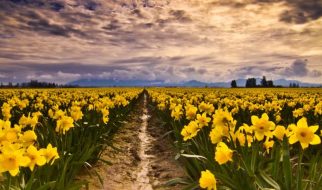
Prism lenses are crucial to our work at Vision Specialists. In addition to the routine eye exam you?d receive at any optometric office, our clinic specializes in the diagnosis and treatment of binocular vision dysfunction, or BVD. Symptoms of BVD include dizziness, headache, motion sickness, and difficulty with reading ? all of which can be reduced by wearing a pair of prism glasses.
In this article, we?ll review the various types of lenses and learn what makes including prism in the prescription different than a regular eyeglass prescription. Then, we?ll explore how prism lenses provide relief for patients suffering from BVD-related symptoms.
Lenses correcting for refractive errors
Optometry is the branch of healthcare that aims to perfect your vision. Most often, this involves prescribing lenses to correct for refractive errors: problems with the eyes? natural focusing system. In a normal eye, the cornea and lens refract ? that is, bend ? incoming light so that its focal point (the point where light rays come together) is projected directly onto the surface of the retina. This provides us with clear and crisp vision.
But when refractive errors are present, this focusing system doesn?t work properly, causing images to appear blurred. This is the point at which most people will schedule their eye exam. To correct for refractive errors, optometrists use two major types of lenses.
Sphere lenses correct for myopia and hyperopia. Myopia, or nearsightedness, is a condition whereby light focuses in front of the retina. Conversely, hyperopia, or farsightedness, is a condition whereby light is focused beyond the retina. A negative sphere power indicates myopic correction, while a positive one indicates hyperopic correction.
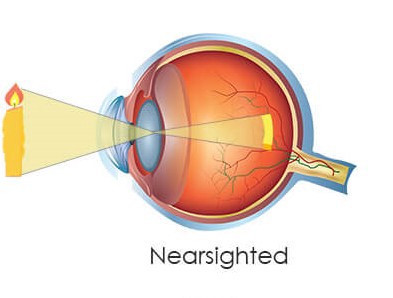
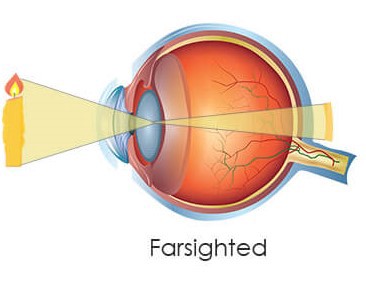
Cylinder lenses correct for astigmatism, another kind of refractive error whereby light hits the retina in a distorted way. This is usually caused by physical alterations in either the shape of the cornea or the lens. Unlike sphere, cylinder lenses are orientated in a certain direction which is indicated by an axis number.

These are the two types of lenses which correct for refractive errors. Let?s take a look at a sample prescription, keeping in mind that OD and OS signify the right and left eyes, respectively:

In this case, the negative sphere powers indicate that this person is myopic in both eyes, and the cylinder and axis corrections show that there?s astigmatism in the left eye. Wearing this prescription, the patient?s refractive error would be corrected, and they would experience clear and crisp vision.
As we?ve mentioned, correcting for refractive errors using sphere and cylinder lenses accounts for the vast majority of optometric visits. But for a significant number of our patients, these lenses alone aren?t enough. To understand why, we?ll need to review an important and often under-appreciated visual skill known as binocular vision.
Binocular vision and its dysfunctions
Refractive errors are problems with visual acuity: the eye?s ability to focus light and resolve images properly. This is what we measure using the Snellen chart: that list of letters, starting with E, that get smaller as they move down the screen.
But proper vision isn?t just a function of each individual eye?s acuity. The visual system also relies on the two eyes? ability to work together, also known as binocular vision.
Your ability to see and navigate the world around you is highly dependent on binocular vision. To demonstrate this skill, try extending your thumb and looking at it while you move and tilt your head in various positions. Chances are, you?ll be able to keep your eyes fixed on the target the whole time.
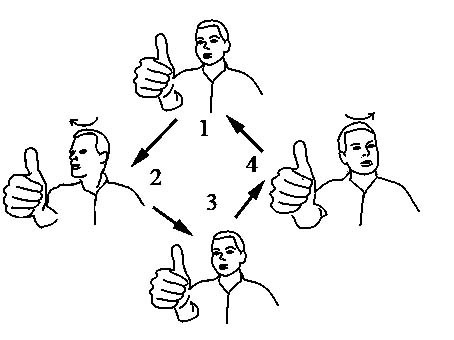
This capacity ? known as gaze stabilization?relies on the finely-coordinated activity of twelve extraocular muscles which move the eyeballs in their sockets. These muscles must be perfectly synchronized in order to ensure that the target?s image is projected to the same part of the retina of both eyes.
When the extraocular muscles are unable to coordinate, a broad category of visual disorders can occur which are collectively known as BVD. There are 4 main types of binocular vision dysfunction:
- Vertical heterophoria refers to any vertical misalignment of the eyes.
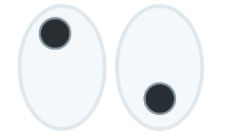
- Superior oblique palsy is an upward deviation of a single eye caused by weakness of the superior oblique muscle, which is responsible for moving the eye down and towards the mid-line.
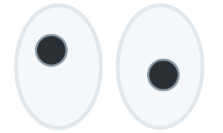
- Exophoria is a condition whereby one or both eyes tend to point outward.

- Esophoria is a condition whereby one or both eyes tend to point inward.
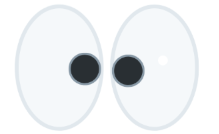
Disorders of binocular vision can be just as detrimental to the visual system as refractive errors. Not only do they cause blurred and sometimes doubled vision, but they can also be the cause of a variety of symptoms we?ll explore later. When a patient has vision problems related to BVD, sphere or cylinder lenses won?t be enough to reduce their symptoms: they will also need prism.
Prism lenses
Unlike lenses prescribed for refractive errors, which help to focus incoming light onto the retina, prism lenses shift the light either vertically or horizontally. Looking at an object through a 0.25 UP prism lens, for example, it will appear slightly lower from the viewer?s perspective.
This displacement helps to align light with the deviated eye. Vertical prism corrects for vertical misalignments like vertical heterophoria and superior oblique palsy, while horizontal prism corrects for horizontal misalignments like exophoria and esophoria. An eyeglass prescription containing prism can include either or both of these components, in addition to refractive corrections.
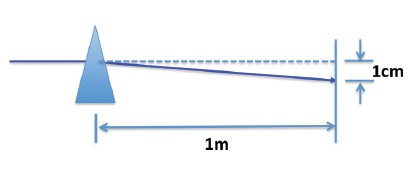 An example of down prism
An example of down prism
At most optometry and ophthalmology offices, prism is reserved for severe cases of double vision caused by visual misalignments like strabismus (commonly known as cross-eye). But at Vision Specialists, prism is prescribed for more subtle misalignments of the eyes, which include the four types of BVD previously mentioned. These misalignments are diagnosed using a variety of sensorimotor exams that assess the two eyes? ability to work together, including the Maddox rod test and Von Graefe phorias.
What symptoms can be treated by prism glasses?
When a binocular vision dysfunction is present, the visual system will compensate by overworking the extraocular muscles. Over time, this can cause a variety of symptoms:
- Double vision, blurred vision, or shadowing.
- Eye strain progressing to headaches.
- Trouble reading, frequently noted as words moving on the page or difficulty following a line of text, or rereading for comprehension.
- Dizziness and nausea, especially triggered by visual stimuli. Driving or being in large open spaces can sometimes be a cause.
All of these symptoms can be relieved by the action of prism lenses, which realign incoming light so that the deviated eye?s muscles are no longer straining. We assess a patient?s suitability for prism using a questionnaire called the Binocular Vision Dysfunction Questionnaire, or BVDQ.
In addition to these symptoms, a number of learning disorders such as ADHD and dyslexia may have a visual component. When a visual misalignment is present, it becomes difficult to focus on the page and young students may subsequently avoid near-point tasks like reading and writing. In addition, the ability to shift from near to far distances is compromised, which has obvious consequences in a classroom setting.
When patients are given the diagnosis of a learning disorder, it?s important to rule out a visual cause of the symptoms, especially if more common interventions haven?t been able to solve it.
Conclusion
Whereas sphere and cylinder lenses bend light, correcting for refractive errors, prism lenses realign the direction of light entering the eye. This can help alleviate symptoms caused by BVD ? commonly known as a visual misalignment ? which include headaches, eye strain, dizziness, and difficulty reading. If you suffer from these symptoms and haven?t been able to find help elsewhere, you may want to consider scheduling a comprehensive eye exam that tests your binocular vision. A pair of prism glasses might be just the fix that you need.

